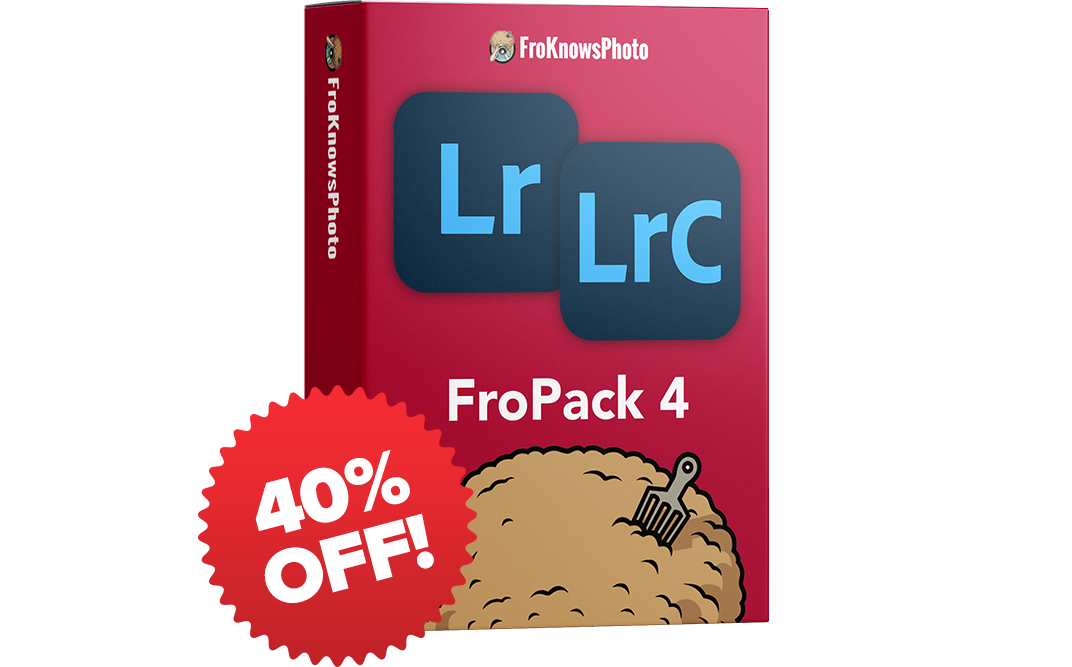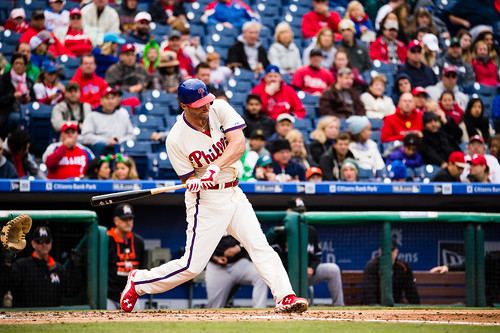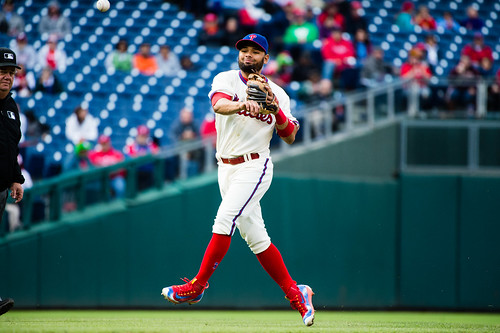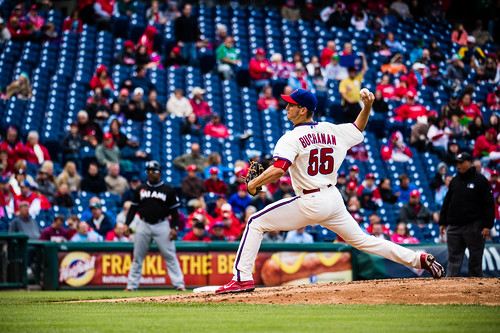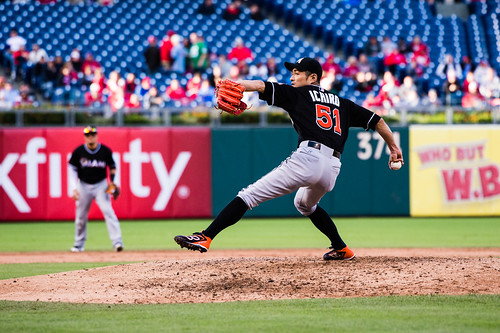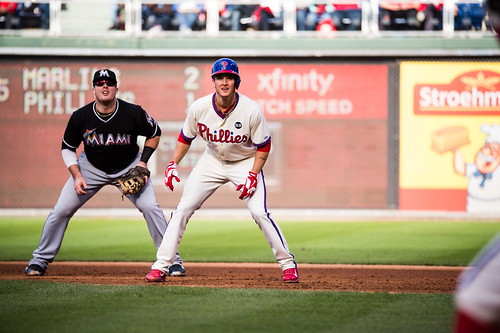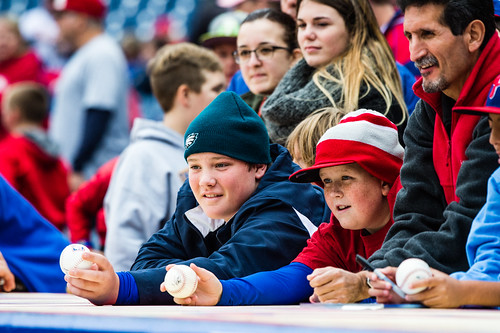Nikon 200-500 VS Sigma 150-600 Sport: Real World Review
When multiple manufacturers make similar lenses, there is always a debate as to which one is better. This time around I took the Nikon 200-500mm f/5.6 and the Sigma 150-600mm f/5-6.3 Sport edition out for a spin. What better place to test out these mega zooms than to take it to an MLB game. Keep in mind this is just one real world use for these lenses, there are many more but I chose to test them here.
Click Here to download 10 Sample RAW Files (188 megs) Nikon Full RES / Sigma Full RES . You have permission to use these images for personall use only and may share online with proper photo credit (Photo by FroKnowsPhoto.com)
Normally when I do “Real World Reviews” I bring a crew to film. In this case, being that it was an MLB ball park and game, I was not allowed to do any filming–only shooting. That’s why this time around you won’t see any actual game footage.
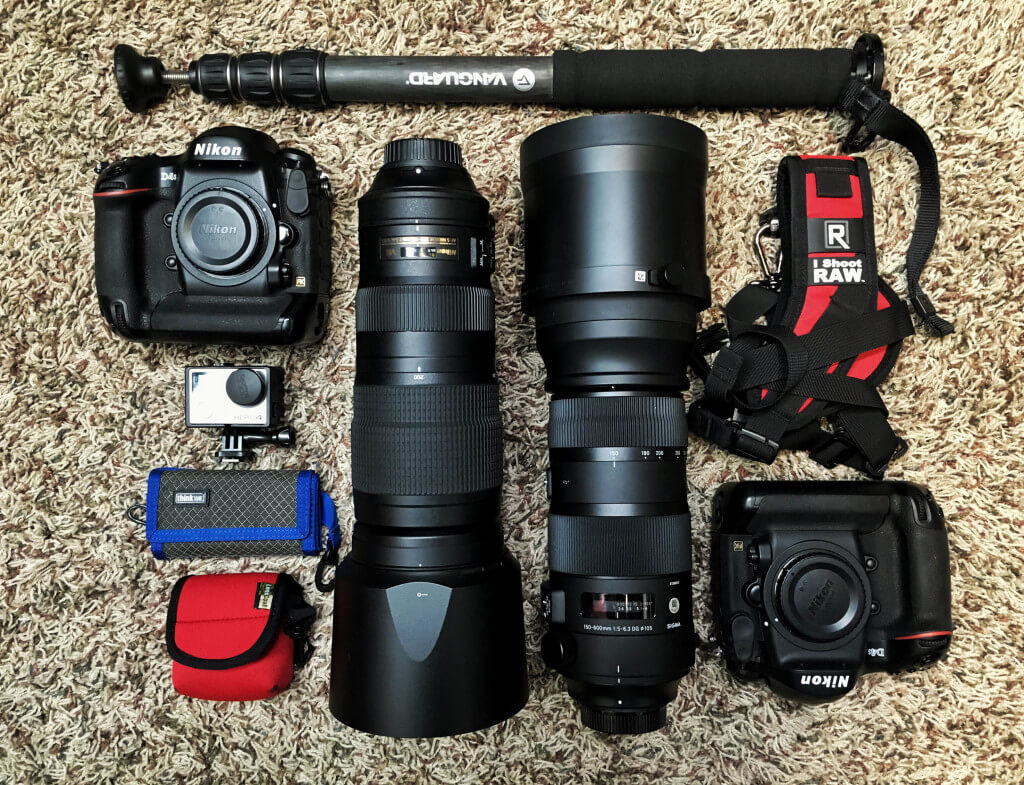
What camera body did I choose to use for these tests? I chose to use two Nikon D4s’–one of which was borrowed from LensRentals.com. The reason I chose to use the best Nikon body out there currently was to give the lenses the best opportunity to perform well. I wanted the best focusing system, best frame rate, best reliability with speed and build to give the lenses the best chance possible at testing well.
Sure, I could have used a less-equipped camera body that more people would have but this is not about the body, it’s about the lenses.
Let’s take a look at the lenses that went head-to-head. Both lenses were rented from LensRentals.com.
Nikon 200-500 f/5.6 $1,400: Nikon surprised everyone when they announced this super zoom lens out of nowhere. It’s a huge range with a reasonable aperture and an affordable price.
Sigma 150-600 f/5-6.3 Sport $2,000: Sigma created this mega zoom with a fairly reasonable aperture, but keep in mind it’s a variable aperture which means as you zoom, it will close down and you will lose light.
I felt that shooting a baseball game would allow me to really push both of these lenses to their limits. I reached out to my friend who is the Phillies’ team photographer and asked if I could shoot the last home game of the season. He set me up with a pass, told me where I could sit and let me do what I needed to do. I must say, sitting so close to home plate for an MLB game was absolutely mind-blowing.
Weight: The Nikon lens clocks in around 4 lbs where the Sigma clocks in at over 6 lbs. For this reason, I decided I could hand-hold the Nikon but I would put the Sigma on a monopod. Weight always becomes an issue for some people and this is something you need to keep in mind when you are deciding on which one of these lenses is for you.
The weight is not a deal breaker, but it is nice being able to hand-hold such a long lens without having your arms get too tired.
Zoom feel: The Nikon has a much smoother zoom; I had an easier time controlling it. The Sigma on the other hand, felt tighter when trying to zoom. This meant I had to grip and turn harder in order to track a moving subject while zooming. Also, the Sigma is wider and longer so it takes longer to zoom from 150-600mm. Deal breaker for the Sigma, not exactly, just something to keep in mind.
Focus Speed: Both of these lenses focused without an issues throughout the day. I didn’t feel like I was missing anything because the lenses couldn’t keep up. They picked up the subjects when I needed it, they acquired new focus points when I shifted, and they both did a fantastic job. Yes, the super expensive f/2.8’s and f/4’s will focus quicker but I was perfectly fine with both during this shoot.
Again, I used the Nikon D4s to allow me to take the camera body out as a variable if there was an issue. Depending on the camera body you use, you may find focus to be sluggish but that’s not the lens, it’s the body.
Focus Tracking: Both lenses tracked running subjects coming towards the camera and across the focus plain without issue. This is one important aspect with lenses like this especially if you are shooting birds or sports. You want to make sure you can focus track across the plain as well as capture sharp, in-focus, images while snapping off frame after frame with the motor-drive. No edge to either lens in this category.
OS / VR: Both of these lenses offer their own form of image stabilization. I left stabilization on the entire shoot for both lenses. They both functioned very well without issue. No edge again in this category.
Clarity / Sharpness: Here is where you start to notice some minor issues with the lenses. When you shoot with the higher-end class, you notice how tight and sharp the focus is when you zoom in on images in the computer. I noticed that with both these lenses you never have that true tack sharpness.
Don’t get me wrong, they are not out of focus, they just seem to not have the tightest sharpness when you pixel peep the final image. This is not a deal breaker as you can’t fairly compare a $1,400-$2,000 lens with a $10-$12k one. Both lenses gave me solid keeper-after-keepers through the game. Though they are not as tack sharp as I want them to be, they are perfectly fine.
You may not have noticed it if I didn’t point it out. Of course you can download sample RAW files to pixel peep and check out the differences for yourself. These lenses are matched closely all the way around. It ultimately comes down to personal preference when you are deciding which way you would like to go. Are you okay with the Sigma sport weighing more and sometimes needing a monopod? Or are you okay with the Nikon being not as wide and not zooming as far? Can you handle the variable aperture vs. the fixed aperture?
It pretty much is a crap shoot when you are deciding which one of these lenses is best for you. Keep in mind, when you have a higher starting aperture like f/5 or f/5.6, you may need to bump your ISO to allow you to get a fast enough shutter speed to compensate for the loss of light.
During the baseball game you will notice that I am shooting at 1/2000th of a second and higher, which in turn means I needed to bump my ISO at times to 4,000. The reason I went with a higher shutter speed was to better freeze the action on the field. There is always a cause-and-effect when it comes to your exposure triangle. If I want a faster shutter speed with this type of lens, I need to bump the ISO. When you bump the ISO, you may introduce more noise or grain into your images.
The Nikon D4s handles 4000 ISO like a champ, but many of the consumer-end cameras may start to see issues as you push the ISO higher. That is one of the downfalls to higher aperture lenses. But, with that said, you’re not getting as large of a zoom range when it comes to the best-of-the-best pro lenses. You won’t see 300-600mm f/2.8’s, you will only see fixed focal length pro lenses because they are such beasts.
There is always a tradeoff and you have to decide which way you would like to go. In this case, the trade off is zoom and money. Do you want to spend $10k or $2k? One way, you get an insane lens with no zoom, and the other you get a very good lens with massive zoom.
Having such a large zoom range is amazing. Being able to reach out and grab images you may never have been able to reach with other lenses feels great. The only way many people would be able to reach those lengths would be to crop the image. When you start to crop the image, you start introducing more artifacts into your images as you are taking away data and enlarging the pixels. Are you starting to see what’s going on here? There is no right or wrong way to go. In the end, there is always a tradeoff and you have to decide which compromises are you willing to make.
At the end of the day, I don’t think you can go wrong with either of these two lenses that I tested. I like the Nikon for the fixed aperture where I can simply set it and forget it at f/5.6 throughout the entire zoom range. But, on the other hand, I love that the Sigma gives me an extra 50mm wider and 100mm longer. Maybe that tradeoff is worth the variable aperture changing when I zoom.
The Sigma feels like it’s built better and really is a pro lens. However, the Nikon doesn’t feel cheap, it just doesn’t feel as “metally” and heavy as the Sigma. But again, there is a $600 price difference. Sigma does offer a contemporary version of the 150-600mm that is $1,000 and still offers the same zoom range but in a less pro-feeling shell. Again though, there is still a $400 difference between the Nikon and the Sigma Contemporary.
Which lens did I prefer the files from? I felt that I needed to do less work with the Sigma files to make them pop. The files from the 200-500 Nikon seemed to take a little more work while tweaking to get them to a point where I was happy with them. The Sigma just seems to have a nicer contrast that I personally like with my images.
Both of these lenses were great in the end. I enjoyed shooting the game, switching back and forth between the two D4s bodies and two lenses. I never really felt like I needed to shoot with one lens over the other. They both are very similarly rated in my mind that in the end you have to decide on which factors check the boxes for you most and go from there.
